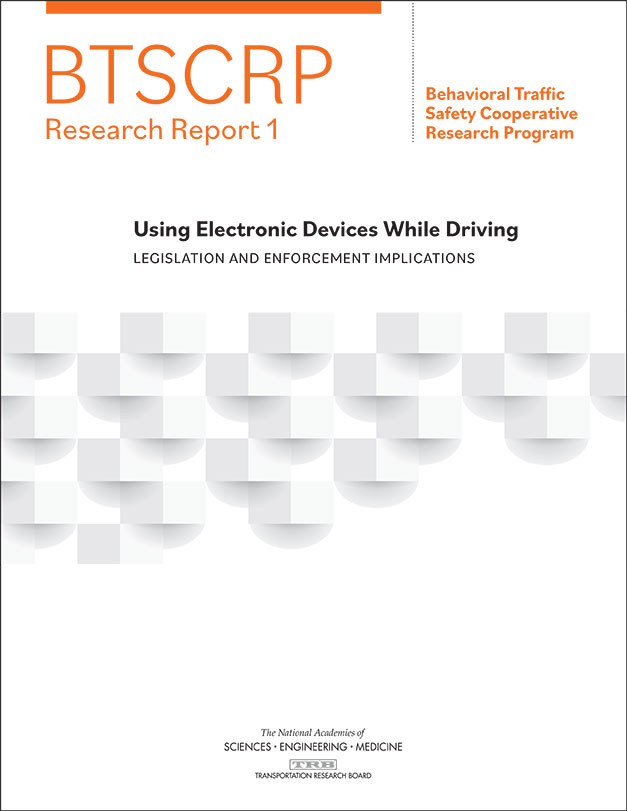
The inaugural report from GHSA and the Transportation Research Board’s Behavioral Traffic Safety Cooperative Research Program (BTSCRP) reviewed distracted driving laws, enforcement and public education practices across the United States and Canada to develop a library of resources and best practices that states and other stakeholders can use to enact or revise their laws and enhance enforcement and education efforts.
The research, conducted by Westat, found the most effective distracted driving laws and state safety efforts had the following common elements:
- Unambiguous statutory language that clearly defines when and how a wireless device can and cannot be used
- Penalties and fines in line with other traffic citations
- A combination of high-visibility enforcement of the law and targeted public information, education and outreach campaigns
- Sustained coalition-building efforts
Researchers used these findings to develop customized tools for different target audiences such as model legislation; presentations to provide guidance to law enforcement, researchers and practitioners; a highlight document for legislators that outlines the benefits of strong distracted driving laws and key components to consider in crafting laws; and a model press release to publicize information on distracted driving legislation.
